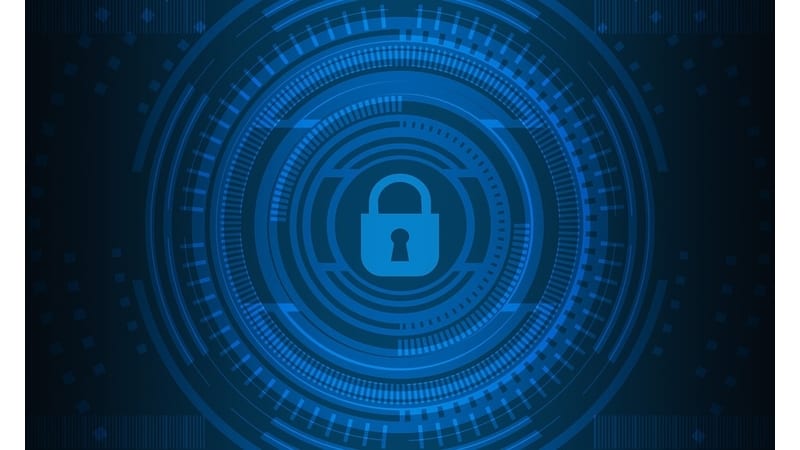Why You Need to Ditch Legacy SIEM (And Go to the Next-Generation)


Why does your business need to ditch your legacy SIEM solution and switch to a next-generation solution?
When SIEM first became a recognized category (Gartner named the technology in 2006) it only captured the attention of large enterprises. From a purely technological perspective, this makes sense; one of SIEM’s key capabilities involves compliance. Almost all businesses must fulfill both governmental and industry compliance mandates concerning their cybersecurity. This requires filling several critical reports.
Thankfully, SIEM can provide hundreds of out-of-the-box compliance reports, which it can fill automatically. Previously, only global enterprises felt the need to automatically complete their reports.
However, over time, smaller and smaller enterprises found SIEM could help them with another crucial challenge: threat detection. SIEM functions primarily through log management. It aggregates data from through the environment (firewalls, applications, authentication protocols, etc.). Then it normalizes it and analyzes it for potential security events.
If it detects a security event, it sends a security alert to your IT security team. These alerts can help speed up cybersecurity investigations and thus with remediation if the alert proves accurate.
This all sounds well and good. But why do you need to ditch legacy SIEM and go next-generation instead?
Widget not in any sidebars
Why You Need to Ditch Legacy SIEM
Too Many Alerts
We report on this issue more than once, but it remains a significant challenge for legacy SIEM solutions. Unfortunately, legacy threat detection tools can have serious issues in distinguishing between legitimate security events and abnormal but harmless events; the latter could arise due to employees working on temporary projects, working odd hours, or logging in from home (which, given the pandemic, is to be expected).
This leads to an influx of false positives alerts that flood the inboxes of IT security teams. Legitimate leads become buried under piles of useless information. Merely sorting through all of those alerts can waste valuable time and resources, and could in fact lead to burnout. With the cybersecurity staffing crisis still in effect, burnout could prove your greatest area.
Next-generation SIEM helps by first providing contextualization, which helps sort legitimate alerts from false positives. Second, more up-to-date solutions can provide easier configuration maintenance, which helps prevent false positives in the first place. Finally, next-generation solutions can actually provide some of legwork investigation automatically, helping remove even more false positives from ever reaching the inbox.
You need to ditch legacy SIEM because it can’t provide the clarity of a next-generation solution.
Failure to Patch/Update
One of the least understood aspects of cybersecurity is that it isn’t all about the technology in and of itself. Instead, it’s about the technology and how you maintain it. No security can exist in a vacuum; there is no set-it-and-forget-it.
Your IT security team needs to take the time to patch and update your SIEM solution on a regular basis. Otherwise, your solution may miss out on crucial threat intelligence necessary for optimal performance and fortification.
Unfortunately, with time legacy SIEM falls into the eventual fate of the outdated: no more patches or updates. Providers move on, and companies acquire others to bolster their offerings; therefore, your legacy solution becomes more outdated by the minute.
You need to update now before a hacker realizes the vulnerability in your defenses and uses an attack that would otherwise be easily foiled.
Playing Nice with Others
Cybersecurity doesn’t operate in a vacuum, but neither do cybersecurity solutions. In fact, SIEM depends on the log data generated by other cybersecurity solutions to function optimally. If it can’t collect data from a firewall or authentication program, then it might end up missing crucial details or factors in the security event.
In other words, your solution must integrate well with your other cybersecurity platform components. Including your endpoint security and identity management platforms. Legacy SIEM can’t often provide the necessary level of integration. Thus, it’s time to ditch your legacy SIEM today and find a new solution that truly meets your business needs.
You can learn more in our SIEM Buyer’s Guide.
Widget not in any sidebars


















